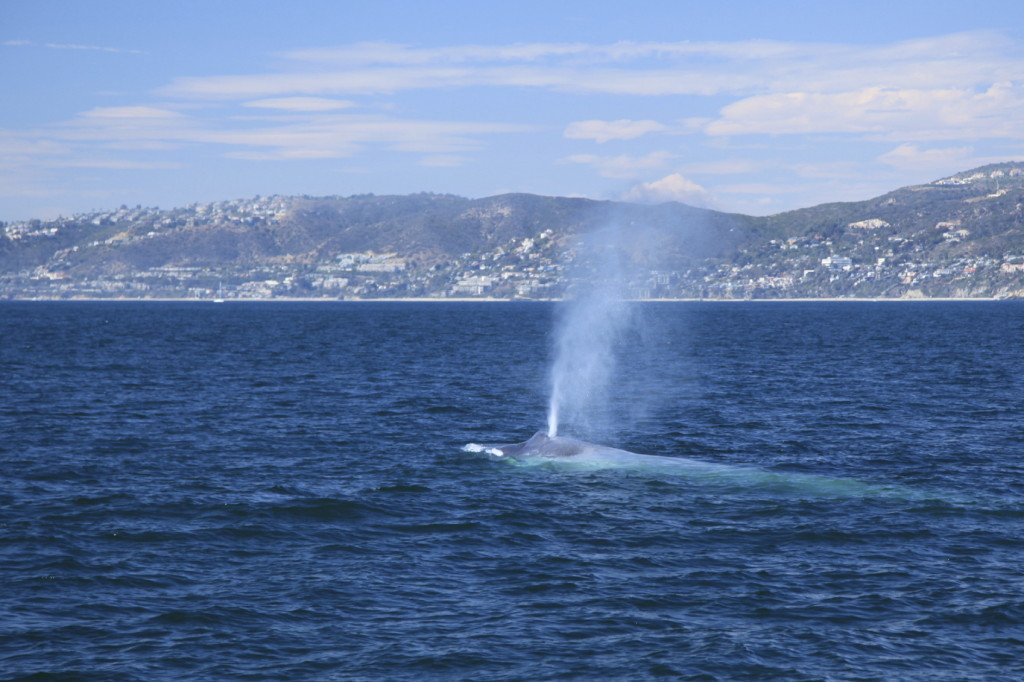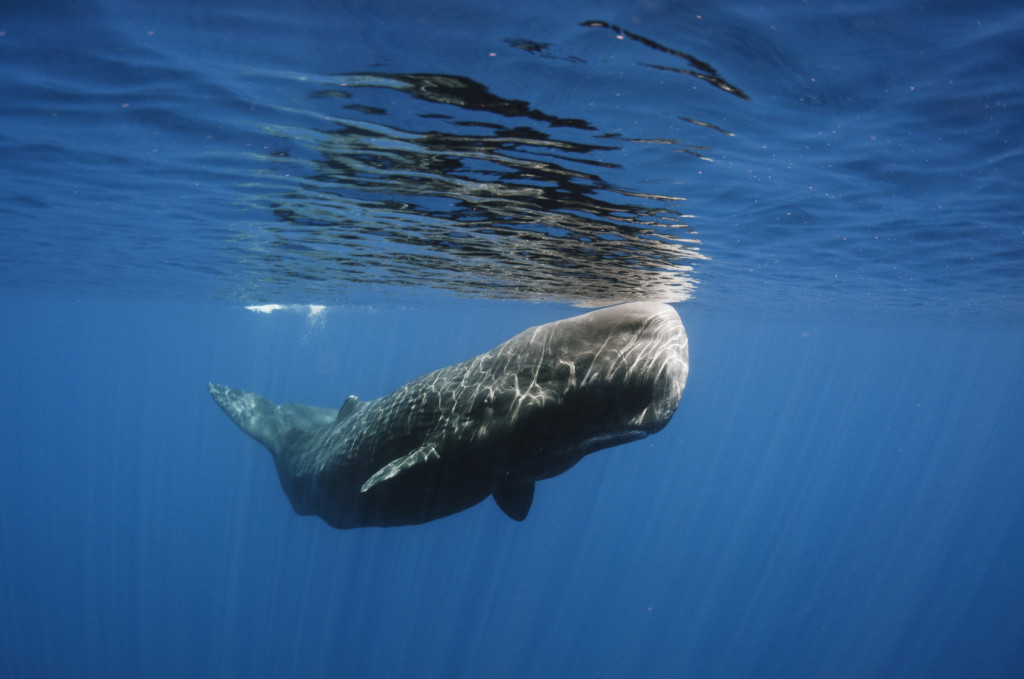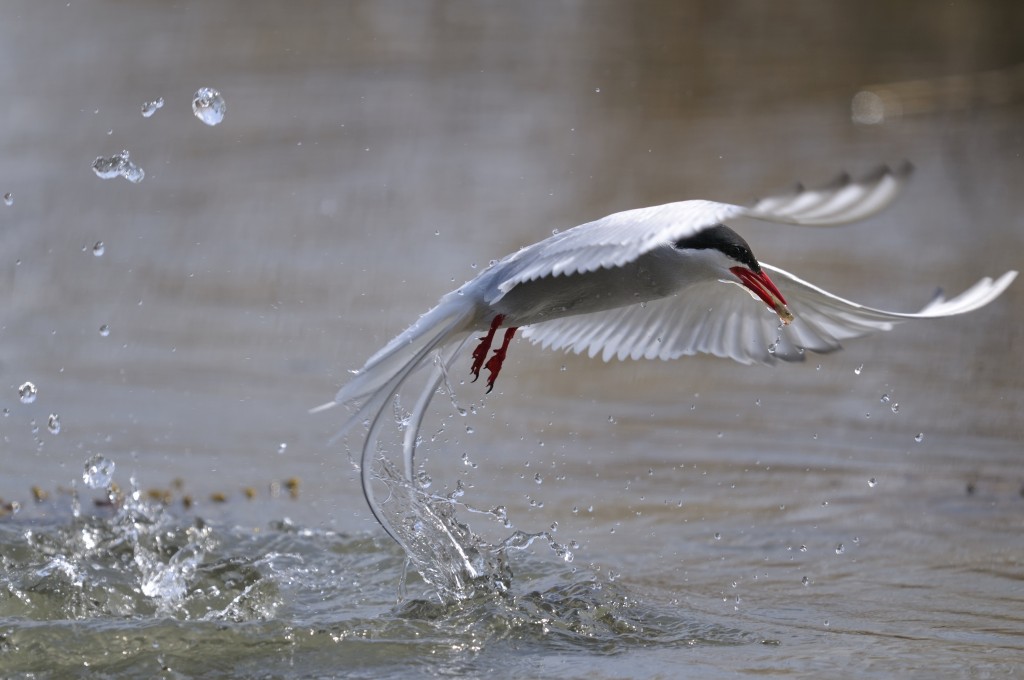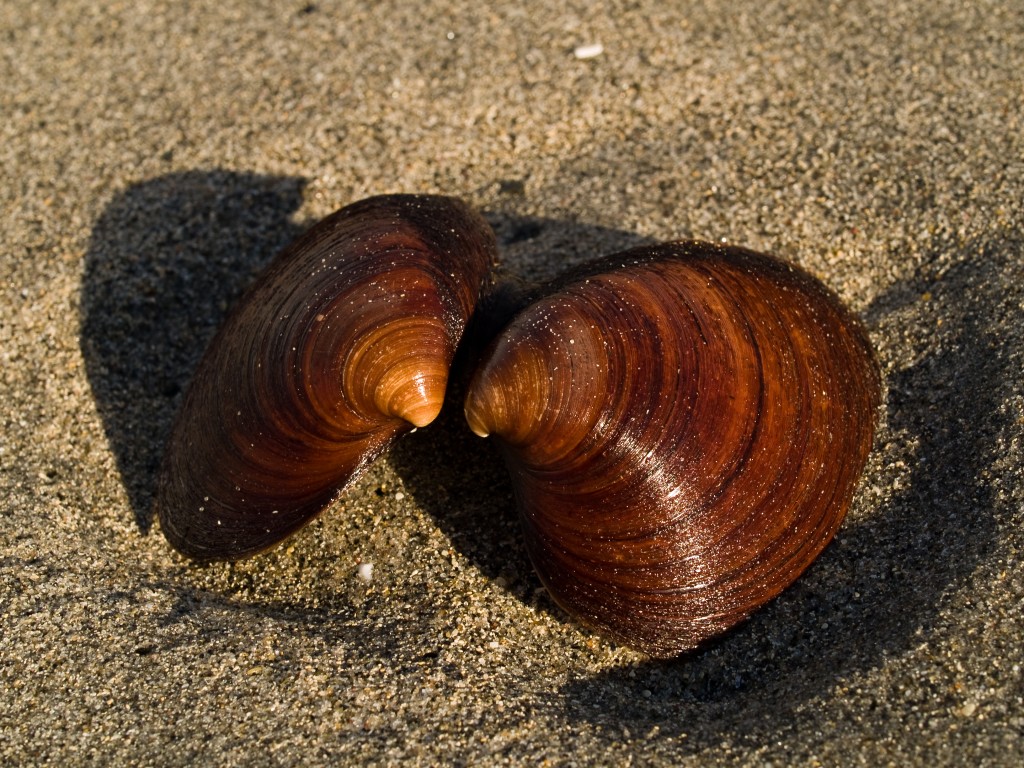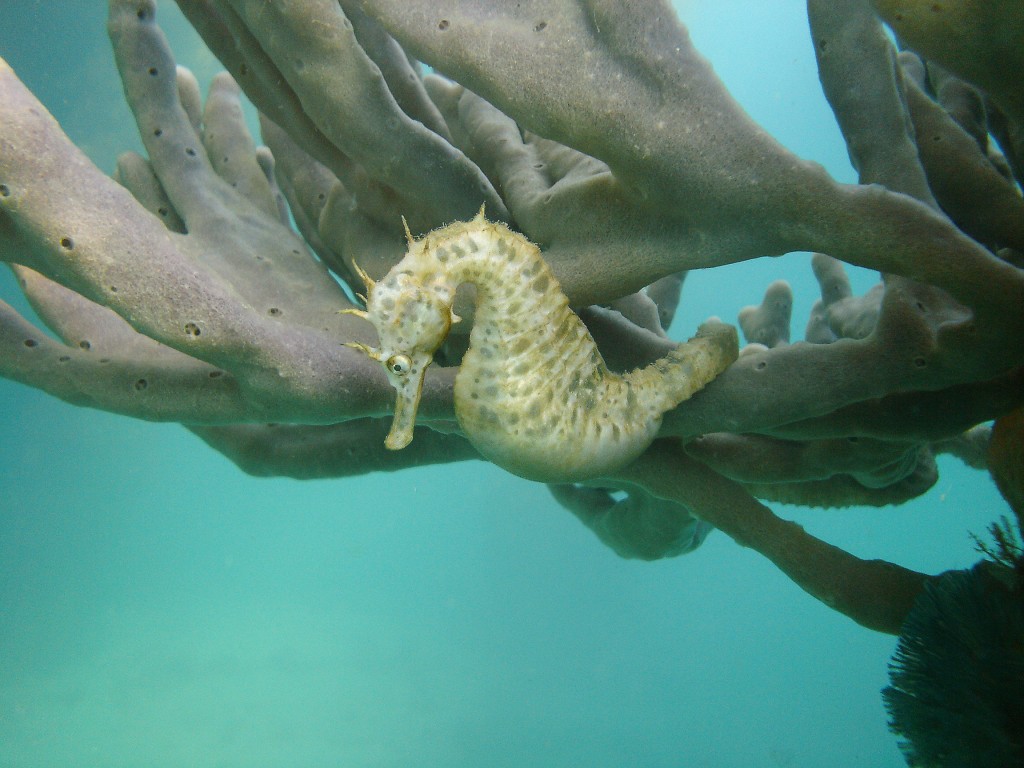The world’s oceans are filled with incredible creatures, each of which has unique, amazing characteristics. Their abilities establish some of these creatures as singular in their class; here are a few of these record-breaking marine animals.
The Loudest
The animal most widely acknowledged to be the loudest in the ocean is also the largest on Earth, the blue whale. Measuring around 98 feet long, these incredible mammals can emit sounds reaching 188 decibels — that’s 48 decibels louder than a jet engine, and 68 decibels above the limit at which sound becomes painful to the human ear. The blue whale’s vocalizations take the form of repetitive, low frequency sounds, which typically last between 10 and 30 seconds, and scientists hypothesize that their range could extend from one side of an ocean to the other. Exactly why blue whales produce such loud sounds is unknown, but it likely has something to do with locating sexual partners across the vast expanse of their ocean habitat.
Another marine animal exceeds the blue whale’s record by 30 decibels, and it’s at the opposite end of the size spectrum. Consisting of around 600 individual species, the snapping shrimp family is a major source of underwater noise and when found in colonies, can even interfere with underwater sonar operations. The source of these shrimps’ incredible sound is the specialized claw that they use to kill their prey.
When the shrimp senses a potential meal nearby, it snaps its claw closed with such force that it creates a cavitational bubble that reaches speeds of up to 60 miles per hour, thereby stunning its prey and allowing capture. The bubble also releases a sound that reaches up to 218 decibels, which is louder than a gunshot and can be heard from more than 500 miles away. However, the sound lasts for less than a millisecond, in comparison to the blue whale vocalizations, which have been recorded continuously for up to two minutes off the coast of Sri Lanka.
The Deepest
The record for the deepest marine animal should be divided into two categories —the deepest diving and the deepest dwelling. The sperm whale is commonly thought to hold the first record, frequently diving down to 7,380 feet in search of its preferred prey, the giant squid. This species is perfectly adapted to its extreme habits, with a flexible rib cage that enables the lungs to collapse, thereby minimizing nitrogen intake into the bloodstream. The sperm whale is also capable of channeling its oxygenated blood primarily to the brain and other vital organs when in the oxygen-depleted water found at great depth. However, despite these impressive adaptive mechanisms, the record for the deepest-diving marine mammal goes not to the sperm whale, but to the Cuvier’s beaked whale, which has been recorded at a staggering 9,816 feet.
The deepest-dwelling marine fish is believed to be the cusk eel, a bony fish that lives on the seafloor both in the shallows and at extreme depths. The record-holding species for this group of fish is the Abyssobrotula galatheae, one of which was collected at 27,460 feet, at the bottom of the Puerto Rico Trench. The record for the deepest-dwelling shark species currently belongs to the Portuguese dogfish, a species of sleeper shark that has been recorded at a depth of 12,057 feet. They are usually found on the bottom of the ocean, and cope with the absence of light in their natural environment with vision that instead picks up the bioluminescence of the fish and cephalopods that they primarily feed on. They are found all over the world, and reach lengths of around 3 feet.
The Furthest Traveling
The record for the furthest migration of any marine species belongs to the Arctic tern, a bird that routinely travels from one end of the Earth to the other each year. The birds breed in northern Canada, and then spend part of their year feeding in the Southern Ocean near Antarctica. An individual tern will fly approximately 45,000 miles during this epic round trip, which adds up to a staggering 1.5 million miles during the course of their 30-year lifespan. The record for the longest distance traveled by a marine mammal is thought to belong to the gray whale, which undertakes a round trip of between 10,000 and 12,000 miles each year between their calving grounds in Mexico and their feeding grounds in Alaska.
Individual marine animals have also set records, most of which are atypical of the species’ normal behavior. For example, in 2003-2004, a tagged great white shark named Nicole crossed the Indian Ocean from South Africa to Western Australia, and within nine months returned once more to South Africa. Her journey there and back covered a distance of 12,400 miles, while a shortfin mako traveled 8,265 miles in just six months in 2013. The record for the longest single trip made by any mammal (marine or terrestrial) belongs to a humpback whale that traveled 6,200 miles between Brazil and Madagascar in 2010. This was not a typical journey for the species; although humpbacks regularly complete migrations of up to 5,000 miles each way, they usually travel north to south and not east to west.
The Oldest
The record for the oldest marine animal belongs to an ocean quahog clam that was dredged off the coast of Iceland and killed by a team of scientists before they realized its age. The clam, affectionately dubbed Ming after the name of the Chinese dynasty in which it was born, was 507 years old when it died. The oldest known mammal is the bowhead whale; in 2007, an individual killed by Eskimos was found to have a harpoon point buried in its flesh that had been manufactured in or around 1880.
Experts think that particular whale was around 130 years old; another bowhead has been estimated at 211 years old. The age of the second whale was established through analysis of the changes in the aspartic acid found in the whale’s eyeball, and has a margin for error that means the whale could be anywhere from 177 to 245 years old. The bowhead whale is found in the waters of the Arctic Circle, where their extreme environment may be the key to their long lives — scientists think that a slow metabolism in reaction to the cold may facilitate their impressive lifespan.
Other long-lived species include the orange roughy, a fish found in water between 590 to 5,900 feet in parts of the Pacific and the Atlantic Oceans. The fish is thought to live to over 156 years old, while the maximum-recorded age of 149 years was determined through the dating of isotopes found in the fish’s ear bone. Recently, the upper age limit for orcas was proved to be a lot higher than that cited by the captive orca industry by an individual known as Granny. Granny is the matriarch of a pod of resident Canadian orcas, is a great-great-grandmother, and is thought to be 103 years old.
The Most Romantic
Sexual monogamy is not often found in the animal kingdom, but there are some particularly faithful species, including the wandering albatross, which typically mates for life. These birds have complex courtship routines, and after finding their mate usually stay together one season after the next, breeding once every two years. Studies on the genetics of wandering albatross offspring did find, however, that one in 10 chicks came from a different father, suggesting that parents’ dedication to each other is perhaps not quite as complete as first thought. Studies on bonnethead sharks and hawksbill turtles suggest that females of those species also typically mate with only one male, with the resulting babies displaying DNA from one father. A 1995 academic paper showed that 98 pairs of White’s seahorses observed in the wild remained faithful to one another despite the presence of other potential mates.
Certain species of anglerfish have a particularly drastic approach to love — the males literally die if they can’t find a mate. These fish adopt a practice called parasitic reproduction, whereby the male bites into the female and becomes fused to her body at the mouth to the point where both fish share a circulatory system. The male depends upon the female for the nutrients that keep him alive, and in return acts as a built-in sperm bank for the female whenever she is ready to reproduce. The male anglerfish exists solely to find a female mate, and once fused, his future is connected to hers forever.
This enforced faithfulness also occurs in a species of shrimp that live inside the Venus’s flower basket sponge. A monogamous pair of shrimp spends their whole lives trapped together inside the restrictive space, and in return for the shrimps’ cleaning services, the sponge filters food for the shrimp from the surrounding ocean, providing them with a home and a nursery for their young. In Japan, this sponge is given to newlyweds to symbolize the commitment of ‘til death do us part.


